Claw and Hammer Toes
These two pathologies are toe deformities, usually due to foot tissue retraction and shortening (muscles and ligaments). According to the “Hammer Toe Deformity”, study, claw, and hammer toe can be associated with neurological problems such as stroke, cerebral palsy and Marie-Charcot foot, diabetes, rheumatoid arthritis, and genetic disorders. They are named according to the toe’s bone position and usually produce many calluses, making it challenging to wear some shoes.
In Brazil, 11.4% of the population has claw or hammer toes. The main difference between these deformities is the position of the affected fingertip bone. It will be flexed (down) in the case of a claw toe and extended (up) if it is a hammer toe. The two pathologies are connected to ligament and tendon retraction and the impaired muscle forces acting on the feet and toes. In addition, the claw finger may also relate to neurological disorders known as neuromuscular diseases.
The possible causes of hammertoe and claw toe are widely debated. Some authors attribute the capsule and ligament to the “Plantar Plate” located between the metatarsal and the 1st bone of the finger (proximal phalanx), whose function is to withstand pressure, keep the fingers aligned, and increase joint stability. If there is any injury or looseness, “Plantar Plate Dysfunction” can lead to joint instability, local inflammation, and load-bearing inability, causing the toe to flex.
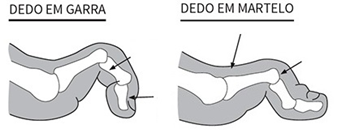
When facing injury or laxity of the capsule and ligament, the musculature contracts in an unbalanced way. Consequently, the metatarsals’ short and long flexor muscles flex the phalanges, adopting claw or hammer postures. There is also a contraction of the toes’ extensor musculature, which can compromise ankle mobility, making the foot and toes much more rigid and limited.
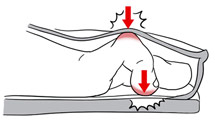
These pathologies start with a simple change in the toes’ alignment, maintaining the foot’s mobility and strength. However, they can evolve into a rigid deformity, with pain and foot and toe losses of mobilization, strength, and control. Surgery to correct and align these deformities can be chosen for the most severe cases.
CAUSES
The main factors related to changes in the toes come from poor foot positioning for long periods and overload on the forefoot (tip of the foot). In addition, a collapse of the foot’s transverse arch (arch formed anterior to the toes by the metatarsal bones) can result in a claw or hammer toe. Some rheumatic diseases, such as rheumatoid arthritis and trauma, can also lead to the emergence of these pathologies.
– Some rheumatic diseases, such as rheumatoid arthritis, neurological causes such as stroke, cerebral palsy, Marie-Charcot Foot (peripheral nerve neuropathy), diabetes, and trauma can also lead to the appearance of these pathologies;
– Tight or narrow pointed shoes affect the toe posture causing retraction, in addition to contributing to the appearance of calluses;
– Foot types with longer toes tend to be more retracted inside the shoes.
Risk factors are related to the following:
– Age: the older the individual, the higher the chance of suffering from these deformities. Generally, older adults are prone to muscle mass and strength loss, reduced physical activity, and stretching capacity. These are causes of increased foot joint stiffness and reduced mobility;
– Gender: women are more predisposed than men. The causes are still unspecific; however, it is more correlated to the type of footwear used, which are generally uncomfortable, inadequate, and tight;
– Toe length: when the 2nd finger is longer than the others, inadequate and tight shoes cause compression and flexion of this and other fingers;
– Illnesses:
- Diabetic people with neuropathy (reduced sensitivity) or people with neuropathy arising from other diseases may suffer from injuries and claw toes when using inadequate shoes without realizing the toes are tight;
- People with Rheumatoid Arthritis with joint inflammation, stiffness, and structure degeneration. If you wear inadequate shoes, you can further compromise the condition of the disease, causing claw toes;
- Muscle stiffness, called hypertonia, can appear in the case of individuals with a stroke. It leads to joint stiffness, pain, and gait and balance difficulties, thus affecting foot muscles and causing claw toes. Some physicians may suggest using Botulinum toxin (botox) to relax specific muscles and reduce hypertonia.
– Physical Activities: if the person already exerts high pressure in the metatarsals, has calluses on the toes’ top, hyperemia (redness), and hyperthermia, they may be prone to deformity when performing activities such as football, running, Olympic gymnastics, ballet and other high-intensity activities that cause frequent direct and indirect injuries.
SIGNS AND SYMPTOMS
Both hammer and claw toes have very similar symptoms, such as:
– Pain in the fingers and metatarsals (foot bones);
– Swelling in the toes and foot;
– Redness in the region;
– Toe retraction and stiffness, usually the movement of these structures is difficult and painful;
– Formation of calluses where there is friction with shoes;
– Loss of mobility and strength in the foot and toes. The individual will have a lot of difficulty moving the fingers due to a lack of strength and mobility.
PREVENTION AND TREATMENT
It is necessary to change bad habits to prevent the deformity evolution, such as:
– Wear custom-made shoes since they are spacious, do not squeeze your feet, and leave your toes in an adequate position;
– Do physiotherapy to improve foot and toe mobility, strength, and control with specific maneuvers and exercises;
– Use finger separators;
– Use Feet Without Pain insoles;
– Some physicians may choose to use Botulinum toxin (Botox®) to reduce stiffness, when the distortion is too significant, corrective surgeries are also a choice.
Conservative treatment with physiotherapy
– Do physical therapy to improve foot and toe mobility, strength, and control;
– Pull the towel with your toes and then push it;
– Specific exercises such as manual stretching of the toes like in the figure below;
– Manual toe stretching.
Perform joint stabilization with qualified professionals as in the figure below:
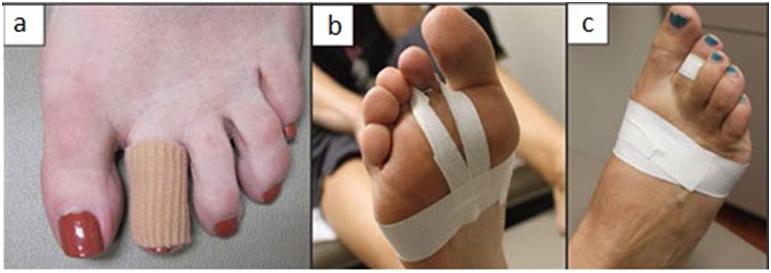
A simple test can be performed to assess stability, the “Drawer Test”. The therapist pulls the finger upwards, which may indicate instability if the displacement is excessive. To evaluate the strength of the joint, the patient holds the paper with the toe, and the examiner pulls the paper, if it comes out intact, the strength is adequate(b). On the contrary, if the paper is torn, it may indicate little strength (a).
FEET WITHOUT PAIN® CUSTOM INSOLES AND SHOES FOR CLAW AND HAMMER TOES
Feet Without Pain creates custom insoles and bespoke shoes aiming to offer Brazilians health and quality of life. Our products are specially made for each person’s feet after a free assessment with a foot, ankle, and knee specialist. Custom insoles remove excess pressure from the ball of the foot and align the toes. On the other hand, shoes for claw and hammer toes are the perfect length, width, and height, preventing discomfort and the emergence of calluses and blisters.
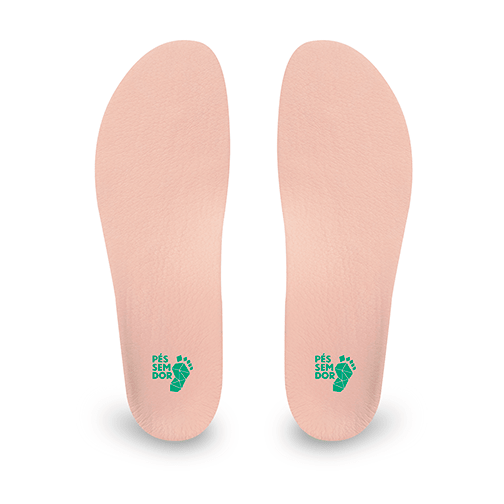
During treatment, you must stop wearing tight shoes entirely. However, with custom-made shoes and insoles, you can prevent worsening the condition and/or the emergence of new problems. See now all the benefits of custom insoles and shoes:
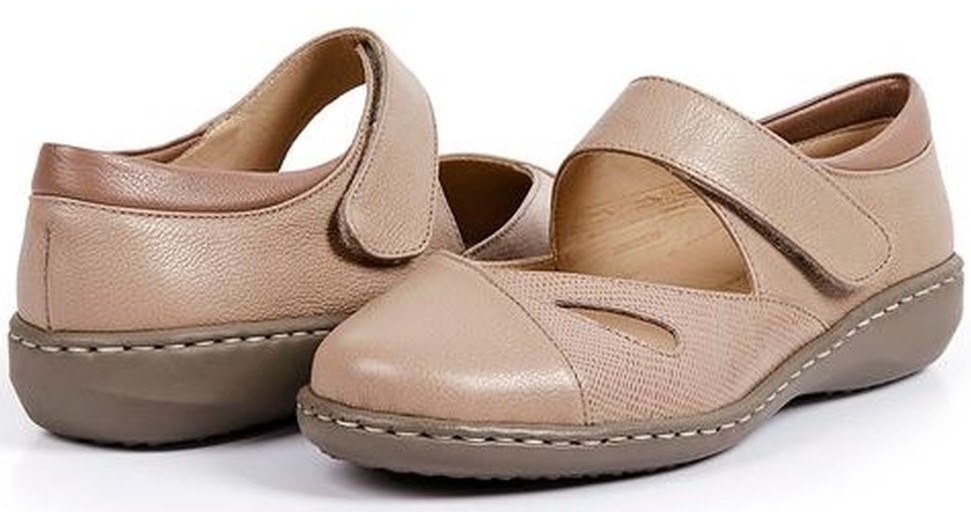
- Elimination or reduction of pain;
- Injury prevention;
- Increased comfort;
- Perfect fit;
- Standing longer without pain or discomfort;
- Prevention of pathologies progression;
- Improved impact absorption;
- Improved sports performance.
SURGERY
Surgical intervention is a choice for the most severe cases, which couldn’t be solved with conservative treatment. There are many surgical techniques for these deformities. The choice will depend on the doctor and the disease severity. All options attempt to realign the toes and foot by cutting and fixating the bones. Another technique described is repairing the “Plantar Plate”, by fixating it in case it ruptures, which is crucial for joint stability. However, these surgeries should be avoided since they can cause other problems, such as:
– Nerve injury;
– Infection;
– Permanent swelling, pain, and discomfort;
– Loss of finger mobility;
– Other foot pains.
FREQUENTLY ASKED QUESTIONS (FAQs)

How to purchase your custom shoe or insole?
It’s fast and easy! Schedule a free evaluation of your feet with our specialists to buy your custom-made shoe.
Call, send a message to WhatsApp at 4003-8883, or visit: www.pessemdor.com.br/agendamento.
How does the evaluation work?
Upon arriving at a Feet Without Pain branch office, you will be received by a foot, ankle, and knee specialist, who will then fill out a registration form and ask some questions about your pain. Next, the assessment of the feet begins.
The specialist will examine your feet to understand your foot pains and complaints. Then, using the high-precision 3D scanner device, the specialist captures your feet’ measurements.
We are the only company with a 3D scanner for designing custom shoes. First, with the measurements of your feet, a mold is created using 3D printers, and after that, we start making your shoe.
How long does it take for the shoes and insoles to be ready?
Feet Without Pain produces custom-made shoes in up to 3 days; then, they are sent to your home free of charge!
Is the evaluation free?
Our assessment is completely free! We perform a complete analysis of your feet and legs, and you pay nothing for it!
Do we accept medical insurance?
We do not work with insurance because our assessment is completely free! But you can check if your plan somehow refunds you regarding the shoes!
EXTERNAL LINKS
1) Deformidades dos dedos menores | Clínica e Cirurgia do Pé




